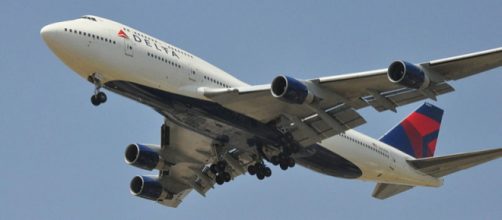It was in February 1969 that the Boeing Company launched its 747. It brought in a revolution to meet the growing need of accommodating more numbers of passengers. The last of these marvels have now been consigned to the graveyard in Arizona. It was Delta's final Boeing 747 passenger plane and it landed there in January.
Daily Mail UK reports that with this final touchdown, the jumbo jet that heralded in air travel for the masses has finally entered the history books. In the words of Boeing chief company historian Michael Lombardi, this aircraft gave wings to the world.
Graveyard of aircraft
Once an aircraft outlives its life, it is sent to the graveyard, better known as ‘boneyard.’ These are located in Arizona, California and New Mexico and are the final resting places for retired aircraft, both commercial and military. The main reason for choosing desert surroundings is to ensure that the machines do not rust.
In Arizona, it is the Pinal Airpark which is around seven miles from the central business district of Marana. It has a large enough runway to accept commercial planes. Before the last Delta arrived in January, it was United Airlines that had dispatched its last Boeing 747 there in November.
Actually, Delta operated its last commercial flight in December but the airline subsequently arranged a special farewell flight on January 4 to Pinal Airpark with a group of employees and reporters.
They wanted to commemorate the historic occasion, and it was a fitting tribute to an aircraft that gave a new look to air travel.
Next generation of Boeing
The Boeing 747 had been operating for nearly half a century, and while the United States has bid goodbye to them, some foreign airlines like British Airways, Lufthansa, and Korean Air still depend on this reliable aircraft as the best mode of air travel.
At home, Delta Air Lines decided to switch over to the A350 last fall, with its next-generation engine technology, and United Airlines has retained its trust in Boeing and gone in for the 777 as the replacement for its 747.
One of the main plus-points of the 777 is its fuel efficiency which it has achieved through improvements in jet technology.
The capacity of the 777 is approximately the same as that of 747 but it uses two engines instead of four. This reduces fuel consumption with associated benefits of fewer carbon taxes. It can pass this on to the passengers, and it will obviously be a major advantage in the age of competition. In addition, the range of the 777 is greater compared to the 747 which opens up possibilities for a wider network.
Given the track record of half a century for Boeing 747, the graveyard in Arizona might run out of space by the time the 777 is retired.


